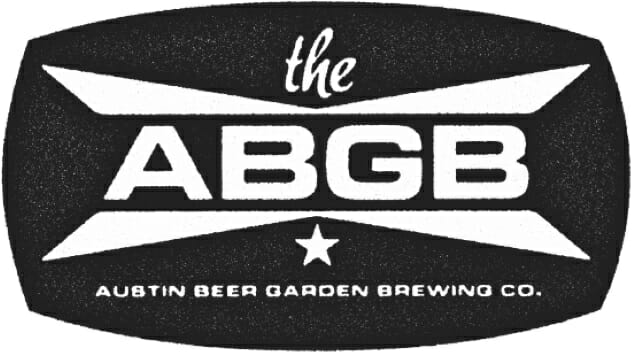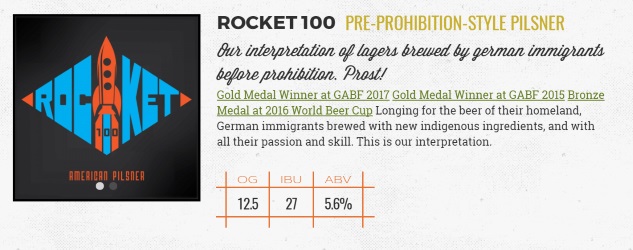Austin Beer Garden Brewing: Creators of the World’s Greatest Pilsners?

In the last two years, the Austin Beer Garden Brewing Co.—better known to locals simply as “The ABGB”—has won four medals at the Great American Beer Festival in Denver. That’s an impressive feat all on its own, but it’s the details that make it rather astounding.
Three of those medals won by the ABGB have been golds.
And somehow, ALL THREE of those golds have been for pilsner, in three separate pilsner substyles—German-style pils, Czech/Bohemian pils, and American pils.
That kind of thing just doesn’t happen—not at GABF, a competition that this year collected beer from more than 2,000 breweries. Each of those pilsner categories receives 100 or more entries. Even if a beer is consistently great, each and every year, it rarely manages to find itself on the winner’s platform more than once. If you can manage to score a single medal in one of the more tradition-driven categories such as pilsner, you thank your lucky stars. Winning gold medals in three different styles of pilsner, within the span of two years? That’s like some kind of German brewer’s GABF pipe dream fantasy.
Brian “Swifty” Peters is that brewer, although he’s German in nothing but taste for authentic lagers. The co-founder of ABGB, Peters has been around the block in the craft beer industry, co-founding Austin’s Live Oak Brewing Co. with Chip McElroy in 1996—another brewery in the same city, similarly known for award-winning German beer styles. After leaving Live Oak in 2001, Swifty brewed in several other locales before opening ABGB in 2013. But this feels like the one where the brewer is looking to build his legacy, alongside fellow brewers Amos Lowe and Kim Mizner. A bevy of medals is certainly a good place to start, anyway.
“Chip and I both went to Prague, and that was it for us: We were going to bring fresh Czech pilsners to America,” says Peters, referencing the work Live Oak is still doing to this day. This conversation is happening on the floor of GABF, barely audible over the roaring din of tens of thousands of craft beer geeks milling around the Colorado Convention Center. In the middle of it is ABGB, pouring all three of its different pilsners. In three years of walking around the GABF floor, I’ve never seen another booth have three different pilsners on tap. Not once.
“It’s a little ambitious I guess,” says a modest Peters when I point this out. “But there is a different between them, and people will notice if they try them. And we have great bartenders at the brewery who are eager to explain some of the finer points and subtleties between similar beers. People will end up loving one more than another.”

One of the gold medal winners this year is Rocket 100, a so-called “pre-prohibition” American pilsner. Curious about how Swifty will describe such a beer, in a style that isn’t as well defined as German or Czech pils, I ask him if it uses American hop varietals, especially old school ones such as Cluster. He replies in the negative.
“It’s not so complicated,” he says. “For me, ‘American pilsner’ is what I want it to be, and everyone is making up their own answer. So we use some corn in it, but we still use the German malt and Continental hops, like Saaz. It’s like what a German immigrant might have brewed in pre-prohibition America.”
Last year, it was the brewery’s German pilsner, Industry, that found itself in the gold medal spotlight—a beer that we’ve already written about as one of our favorites from GABF this year. Or as I wrote then:
